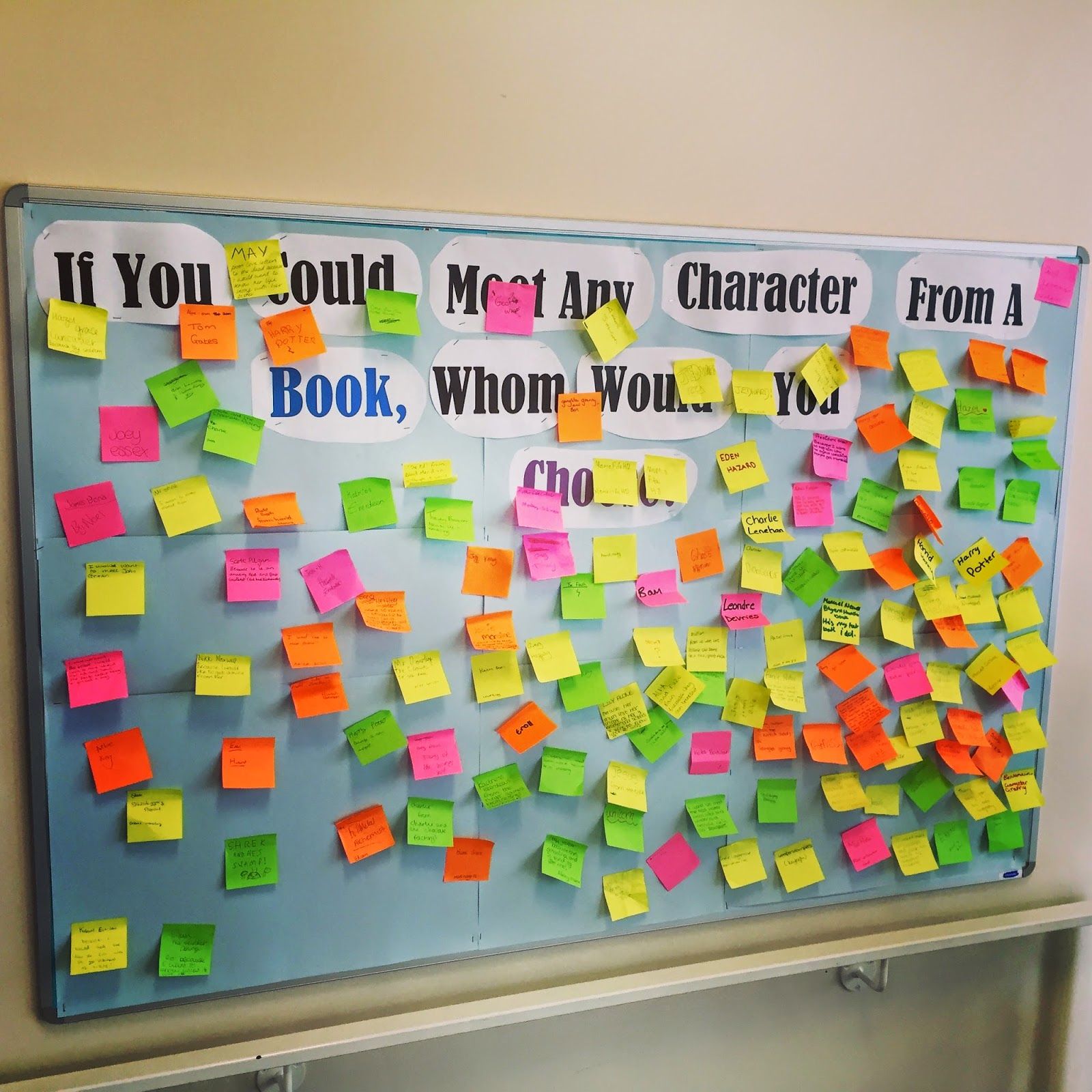|
Don’t miss out on 25-50% savings on audiobooks all through the month of June. Popular genres include Diverse Reads, Literary Fiction, Juvenile & Young Adult, Romance, Mystery and more. With thousands of titles on sale, there’s something for all your patrons to enjoy. |
Passive Programming is something I really love in my school library because I feel it allows the students a sense of ownership over the space. It also allows for freedom of movement on the part of the librarian in that they (hopefully) don’t have to hover over the program to ensure it is running smoothly. There are always times when the you have to do this but typically, if done right, a passive program can be left to student control. They are also a lot of fun in my opinion because they gives the teens creative freedom in a place where they are often stifled, labelled, or even demoralized. For me, the library needs to be a safe place and it also needs to be a place where the teens can fail without consequence, where they can be themselves and explore. It’s a place where they can express themselves without fear of judgement or a bad grade. Yes, these often take some prep and as I’ve mentioned, some assistance to run but the payoff is well worth it. I love seeing the students and sometimes teachers interact with these programs. I try to run events that don’t cost a lot of money and are easy to set up. Here are some of my most successful passive programs.
Bulletin Board
This is an easy one: I ask a question, and the students answer using sticky notes. In this example, I asked which literary character they’d like to meet in real life. Students really love taking the time to write out their answers, ask what their friends are writing, and read the others’ responses!

Blackboard Paper
I have used this for several different events but my favourite is passive programming. I have stuck it on our Recently Returned cart to ask the teens questions. Yes it can get a little messy, but a great alternative are blackboard pens that will write on the paper with ease. I have done this with Parents Evenings; when parents visit the library, I will ask them to write down a response to a statement like “A world without books is like…” This is a lot of fun to use and not overly expensive.

Book in a Jar
This one is also a lot of fun, and I think the students love interacting with it more than they do heeding its advice, but that’s also fine. I simply put titles of books on slips of paper in a jar and if students are stuck trying to find a book, they can take the plunge and grab a title from the jar. It’s kind of a take on the Blind Date With A Book because in theory, whatever they choose, they should go and borrow from the shelf (but it doesn’t always work like that). What’s fun is seeing friends come to the library to grab slips of paper and then discuss the titles they have grabbed. I will sometimes put a six-word blurb on the back of the slip so they can get some sense of what the book is about.
This is The End
I decided to put posters around the school with the last lines of books written on them. Students would wander around reading the last lines and could come into the library for a sheet where they’d fill in their answers. It’s a hard one, and Google is of course strongly prohibited. How do you stop the Googling? You can’t, but you can sometimes tell if a student suddenly has all of the answers in five minutes. This was a lot of fun and generated a lot of discussions around different books.

Take What You Need
This is another sticky note option but also very effective. I ask an artistic teen (or teens) to write “Take What You Need” on our whiteboard, which is situated at the bottom of the stairs just as you enter the library. I then tell students during their library lessons to take a sticky note or three and write down words of encouragement to someone that might be feeling low or down. They don’t have to have someone specific in mind, but it might help. The students then stick them up on the board and other students who enter the library throughout the week can interact with these messages either by simply reading them or taking one and writing their own. I have done another version of this where students write words of encouragement on recipe cards and place them in random books that they can choose. I did this four years ago and I am still finding notes in books, I had forgotten we had done so many!
These are the programs that I enjoy running. I don’t run them all at once, of course, but rather sprinkled throughout the year. Passive Programs can be a lot of fun and can add a lot of value in my opinion. What I mean by this is that they can change student perception of what a school library is. A lot of teens think a library is a place where you get a book, you keep your mouth shut, and then you leave. It’s definitely not that, at least not with an enthusiastic librarian at the helm. For more passive program ideas, go here!








